Nationality American Role Artist | Name Paul Laffoley Period Visionary art | |
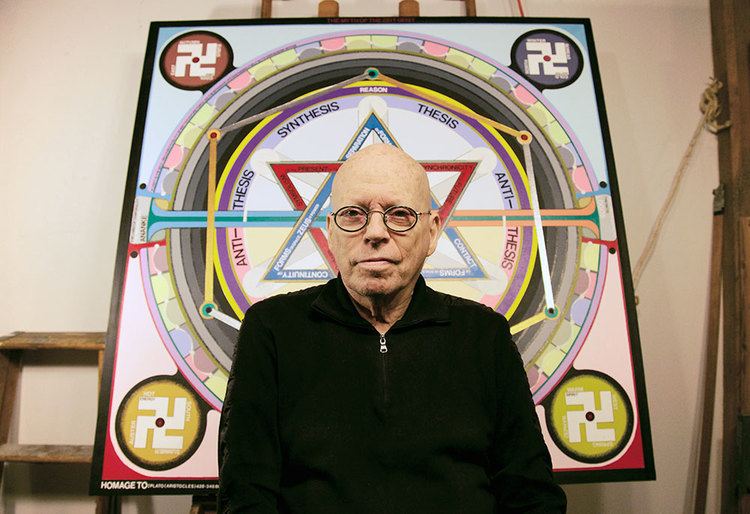 | ||
Died November 16, 2015 (aged 80)Boston, Massachusetts Books Paul Laffoley: The Phenomenology of Revelation Awards Guggenheim Fellowship for Creative Arts, US & Canada | ||
Paul Laffoley The Sixties at KENT
Paul Laffoley (August 14, 1935 – November 16, 2015) was an American visionary artist and architect from Boston, Massachusetts, represented by Kent Fine Art in New York.
Contents
- Paul Laffoley The Sixties at KENT
- Season 1 Episode 4 Art and Paul Laffoley
- Biography
- About
- Work
- Death
- Exhibitions
- Major works
- Books and monographs
- Interviews
- Notable Public Collections
- References
Season 1 - Episode 4 - Art and Paul Laffoley
Biography
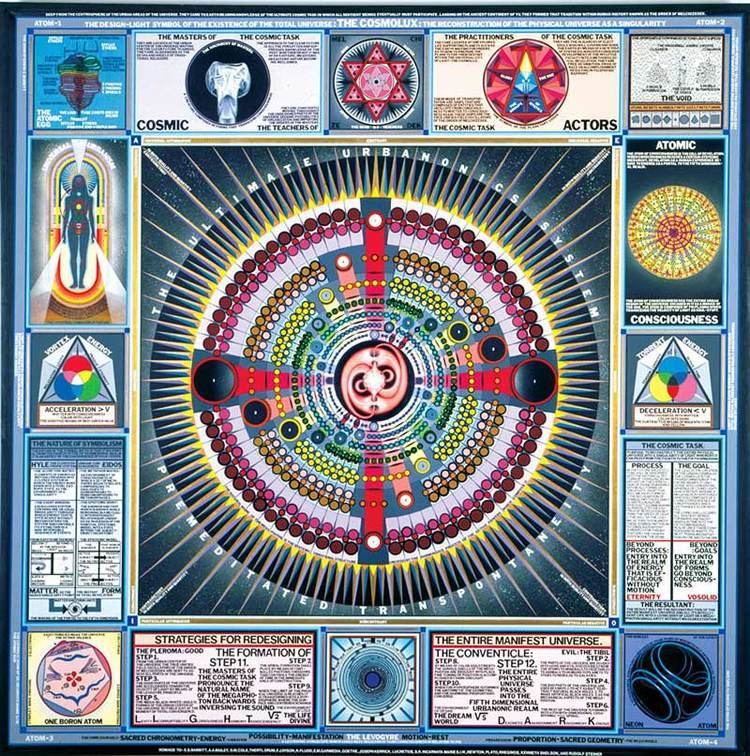
Paul Laffoley was born on August 14, 1935 in Cambridge, Massachusetts, to an Irish Catholic family. His father, Paul Laffoley, Sr., the president of the Cambridge Trust Company, was also a lawyer and taught classes at Harvard Business School. Early in life, Laffoley, Sr. also did on-stage performances as a medium.
According to Laffoley, he attended the progressive Mary Lee Burbank School in Belmont, Massachusetts, where his draftsman's talent was ridiculed by his abstract expressionist teachers. After attending Boston public schools for a short time, Laffoley matriculated at Brown University, graduating in 1962 with honors in classics, philosophy, and art history. Laffoley has written that he was given eight electroshock treatments after the termination of "about a year of weekly sessions with a psychiatrist, who had treated me for a mild state of catatonia" while at Brown in 1961.
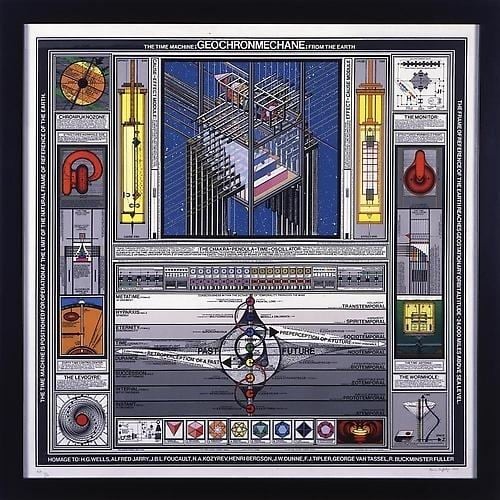
In 1963, he enrolled at the Harvard Graduate School of Design, where he apprenticed with the sculptor Mirko Basaldella before being dismissed from the institution. In a search for expanded opportunities, Laffoley came to New York to work with the visionary Frederick Kiesler, and was recruited by Andy Warhol, who wanted someone to watch television for him at all hours of the night. Laffoley watched television in the pre-dawn hours, before programming had actually begun.
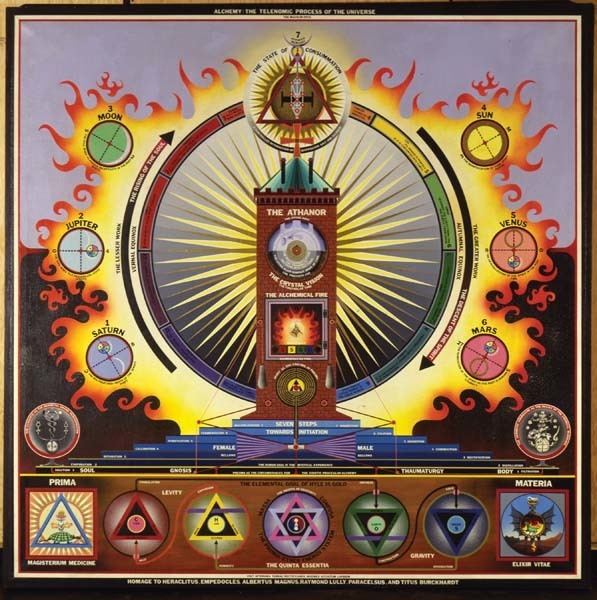
By the late 1980s, Laffoley began to move from the spiritual and the intellectual, and evolved to the view of his work as an interactive, physically engaging psychotronic device, perhaps similar to architectural monuments such as Stonehenge or the Cathedral of Notre Dame and their spiritual aura. As a confirmed "utopian", Laffoley is a prominent visionary artist.
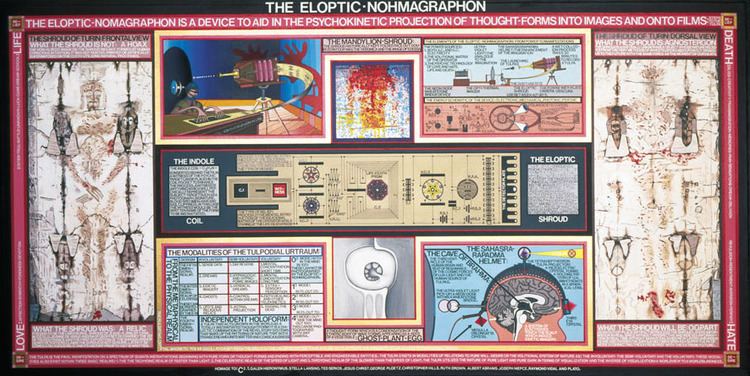
After the destruction of the World Trade Center towers on September 11, 2001, Laffoley was one of a number of architects who, in 2002, submitted designs for the competition to plan the Freedom Tower. Laffoley took his inspiration from the work of Catalan architect Antoni Gaudí. His conception was to plan a gigantic hotel in the style of Gaudí's Sagrada Família church in Barcelona.
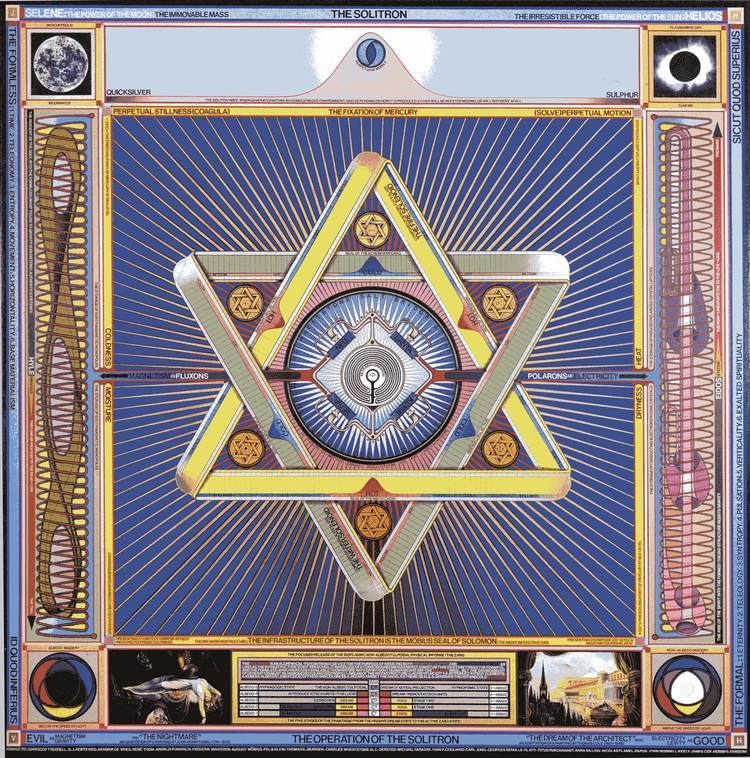
After the Austin Museum of Art organized a traveling survey of his career in 1999, Mr. Laffoley became something of a cult figure for curators around the world. The Palais de Tokyo in Paris devoted an entire room to his work in its 2009 exhibition "Chasing Napoleon", and several of his works were included in "The Alternative Guide to the Universe" at the Hayward Gallery in London in 2013. A monograph, The Essential Paul Laffoley, by Mr. Walla, was scheduled to be published by the University of Chicago Press in Spring 2016.
About
Following his formal education in the classics at Brown and architectural studies at Harvard, Laffoley would begin to assimilate and systematically cross-pollinate his related strands of intellectual inquiry. In a search for expanded opportunities, he went to New York in 1963 to work with the visionary artist and architect Frederick Kiesler, and was also recruited to view late-night TV for Andy Warhol in exchange for a place to sleep. Weekdays, Laffoley found employment with Emery Roth & Sons where he worked on the plans for the yet to be built World Trade Center Towers before being terminated upon his suggestion of bridges joining the two buildings.
At that time, Laffoley had been painting in the basement of his family home in Belmont on the weekends, completing his first fully mature vision: The Kali-Yuga: The End of the Universe at 424826 A.D. From this point forward, Laffoley began to formulate his unique trans-disciplinary approach to a new discipline combining, philosophy, science, architecture and spirituality to the practice of painting. Laffoley first began to organize his ideas in a format related to eastern mandalas, partially inspired by the late night patterns he watched for Warhol on late night television. This quickly developed into four general subcategories of paintings: operating systems, psychotronic devices, meta-energy, time travel, and lucid dreaming. Conceived of as "structured singularities", Laffoley never works in series, but rather approaches each project as a unique schematic. Working in a solitary lifestyle, each 73 ½ x 73 ½ inch canvas would take up to three years to paint and code. By the late 1980s, Laffoley began to move from the spiritual and the intellectual, to the view of his work as an interactive, physically engaging psychotronic device, a modern approach to trans-disciplinary enlightenment and its spiritual aura.
From an early age, Laffoley manifested an obsessive interest in UFOs. He had seen the movie The Day the Earth Stood Still 873 times. He explains that his obsessive interest in the film derives partly from a fascination with the architecture of the space ship in the film which, early on in his life, was subconscious. While he was still a child he made a vow to become an architect so that he could design flying saucers, although he did not become a registered architect until he was 50 years of age.
Two years later, in preparation for a major oral surgery, I was subjected to a routine cat-scan of my head. As a result, a miniature metallic-like "implant" was discovered in my brain near the pineal gland. A local chapter of MUFON (Mutual UFO Network) declared it to be a "nanotechnological laboratory" capable of accelerating or retarding my brain activity. I have come to believe that the implant is extraterrestrial in origin and is the main motivation of my ideas and theories.
Work
Painted on large canvases, the majority of Paul Laffoley's paintings combine words and imagery to depict a spiritual architecture of explanation, tackling concepts like dimensionality, time travel through hacking relativity, connecting conceptual threads shared by philosophers through the millennia, and theories about the cosmic origins of mankind. As of 2010, Laffoley claims to have executed over 250 works currently being compiled in a catalogue raisonne by Douglas Walla. The archive will include "thought-forms" for each work where available as composed by the artist.
A portion of this archive, and Laffoley's writings, are scheduled to be published in late 2015 by the University of Chicago Press in a new book entitled The Essential Paul Laffoley edited by Douglas Walla, with further texts by Linda Dalywimple Henderson, Arielle Saiber and Steven Moskowitz.
British writer Michael Bracewell, in his collection of essays entitled When Surface was Depth observed: "If Laffoley's work within the Boston Visionary Cell can be said to have one principal preoccupation - a common denominator of his eclectic scholarship and practice - then that preoccupation would be to understand the process by which one goes from becoming to being." Bracewell has also written that, "The Boston Visionary Cell, as a concretized manifestation of its inhabitant's work and preoccupations, describes the way in which a chaos of data - no less than a chaos of marble - can be sculpted by research to release the perfect forms within it."
Paul Laffoley is represented by Kent Fine Art in New York.
Death
Laffoley died on November 16, 2015 in South Boston, Massachusetts, of congestive heart failure.
